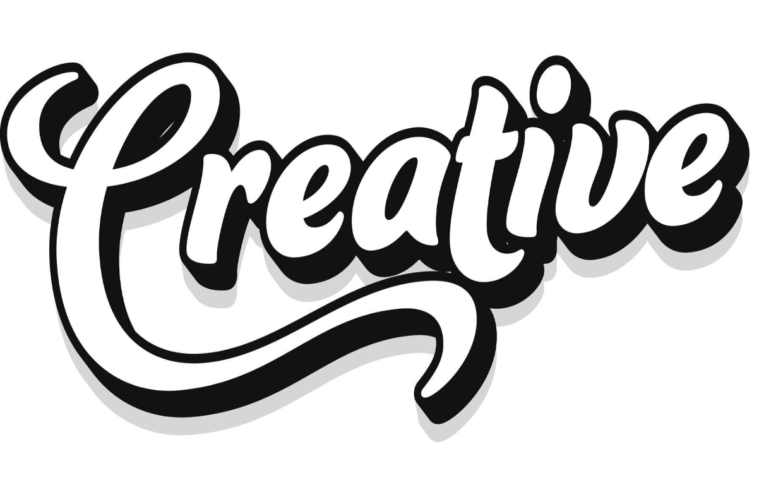Objective:
This case study explores how typography choices affect readability and shape user perception, using a redesign of an e-learning platform as an example.
Background
The client, an e-learning platform, experienced high bounce rates and low course completion rates. User feedback revealed frustration with text-heavy interfaces, leading to disengagement. Our goal was to improve readability and create a visually appealing experience through typography.
Approach
1. Research Phase
User Feedback: Conducted interviews and surveys to understand user pain points. Key insight: small font sizes and inconsistent text hierarchy caused confusion.
Competitive Analysis: Studied competitors’ typography strategies to identify successful patterns.
Accessibility Standards: Ensured compliance with WCAG guidelines for legibility.
2. Typography Selection
Font Choice: Chose sans-serif fonts (e.g., Roboto) for clarity and modern appeal.
Font Size: Set the body text to 16px for optimal readability across devices.
Line Spacing: Used 1.5 line height for better content flow.
3. Text Hierarchy
Headings: Designed H1, H2, and H3 with clear size distinctions. H1 was bold and 24px, while subheadings were smaller and lighter.
Emphasis: Introduced color and weight variations to highlight key points.
4. Testing Phase
A/B Testing: Compared the old interface with the redesigned typography.
Heatmaps: Analyzed user focus areas to ensure the right emphasis was placed.
Feedback: Gathered user impressions post-redesign.
Results
Bounce Rate: Decreased by 22% within the first month.
Completion Rates: Increased by 18%, as users found content easier to consume.
Perception: 84% of users described the new design as “clean” and “engaging.”
Conclusion
Typography isn’t just a design element; it directly influences how users interact with and perceive a product. Prioritizing readability and consistent hierarchy can drive better engagement, retention, and satisfaction.
Key Takeaway: Thoughtful typography transforms user experiences, proving that the smallest details often have the biggest impact



